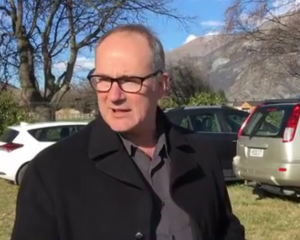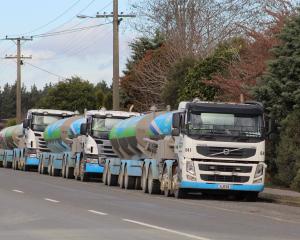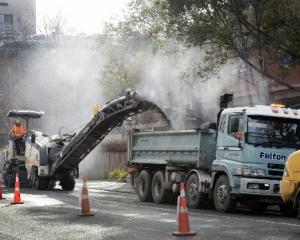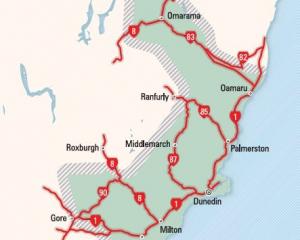Meet Otago's dirty dozen.
Twelve state highway intersections across the province have come at a social cost of more than $30 million, and resulted in five fatalities and 16 serious injury crashes between 2005 and 2011.
New Zealand Transport Agency (NZTA) figures reveal the intersection of SH1 and Russell Rd, Oamaru, had the highest social cost, of $4.435 million.
It was the site of a fatal crash in February 2008, when a vehicle veered off SH1, north of Oamaru, and hit a concrete culvert at the Russell Rd intersection.
Waitaki featured in four of the top five, due to fatal accidents at the state highway intersections of York St (2010), Orwell St (2010) and Roseness St (2009).
The Otago-Southland highways operations manager, Roger Bailey, said social cost figures were determined by the Ministry of Transport and were "a measure of how significant a problem is at any particular site on the network".
"They are an indicator of where the bigger problems are."
The social cost of a road crash and associated injuries was calculated by looking at elements including loss of life and life quality, loss of output due to temporary incapacitation, medical costs, legal costs and property damage costs.
"Clearly, there is a bigger cost when people die or are seriously injured, because it reflects on the cost to the community overall."
The value of statistical life - as of June 2011 - was $3.67 million per fatality, while non-fatal injuries were estimated at $390,400 per serious injury and $20,700 per minor crash.
The NZTA investigated every fatality or serious crash, or "ones that had the potential to be so", particularly aspects to do with the road, or conditions that may have contributed.
"We want to understand what those reasons are, and whether anything can be addressed to do with the road, the layout, the signage, the surfacing on it or any of those factors that might have contributed.
We weigh up whether it is cost-effective and viable to take some positive action and make the site safer."
The Anzac Ave-Castle St intersection in Dunedin was being investigated by the NZTA following the death of a Dunedin cyclist, who was hit by a logging truck in November.
While a long-term solution was yet to be finalised, a temporary measure was in place to separate cyclists and motorists and to ensure vehicles stopped before turning into Castle St at the intersection.
Dunedin's Barnes Dr was another intersection being addressed, with the creation of four lanes as part of the next stage of the SH1 Caversham highway improvement.
The NZTA's philosophy was to try to create a safe system approach, and this was assisted by safety improvements to vehicles and work with partner agencies, such as police and local councils.
"All those factors combined are wholly and solely focused on reducing this high social cost to the country throughout."
Analysing a five-year history of an intersection was a better guide to determine a solution, as opposed to changes following a one-off fatality, Mr Bailey said.
"Fatals are not desirable things to have, but they do happen.
"Some happen because people drive drunk and wrap around power poles or fall asleep at the wheel, and there is not a lot we can do to necessarily fix those."
A 2011 Ministry of Transport report on the social cost of road crashes and injuries, said not all serious and minor injuries were reported, so adjustments for non-reporting were made.
That meant the social cost estimates increased to $625,000 (per reported) serious injury and $61,000 (per reported) minor injury.
Because each crash can result in multiple injuries of various severities, the average social cost per crash was higher than the average social cost per injury.
Per crash, the updated average social cost was estimated at $4,322,000 per fatal crash, $455,500 per serious crash and $26,000 per minor crash.
The total social cost of motor vehicle injury crashes nationwide was $3.54 billion in 2010, down from $3.74 billion the previous year.
• NZTA's information of intersection crashes in the Otago area used a 30m site radius for urban and 250m for rural road intersections.






